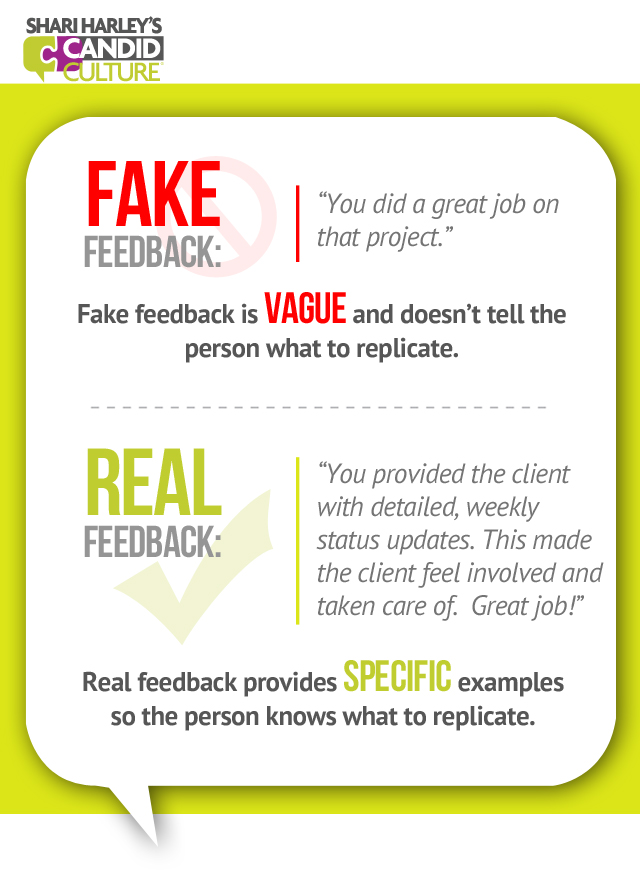Too much feedback can hurt performance. If you view any negative feedback or criticism through this lens, you can remove yourself from the equation a little bit.

Four Examples of Positive Feedback Replicate Good Behavior Shari Harley
This is considered a loop because the output of feedback is input back into the process when the changes are made.

Too much negative feedback at work. A 2007 experiment by nicholas h. Here are my personal 6 steps on how to deal with such feedback. Negative feedback can be useful.
(so do we at engagedly, by the way.) A constructive feedback example about behavior is, “when you talk over pam in the meetings, you’re making the women on the team feel less comfortable speaking up.”. Use negative feedback as a chance to clarify expectations and goals around your position.
They want me to succeed so the business can succeed. Feedback help people get on the right track. Our egos may be quite sensitive.
It points out problem areas or issues. 1) block time on your manager’s calendar. When receiving negative feedback, it’s natural to want to defend yourself immediately.
The very first two mindsets will not disturb the environment mostly. Constructive criticism should, when possible, take place in person. Process what you’re hearing over a couple of seconds.
Your first reaction to something critical is most likely going to be negative. It can go even farther and elicit sentiments of humiliation or inadequacy. The group that received the most feedback performed 11 percent worse than the group that received the least.
However, negative criticism may be damaging. The body reduces the amount of certain proteins or hormones it creates when their levels get too high. In the study, coworkers that received negative feedback simply chose to avoid the.
Negative feedback rarely leads to improvement. Only 36% of managers complete appraisals thoroughly and on time. Negative feedback may make us feel ashamed or guilty.
A negative feedback loop is the procedure of using criticism to make positive changes to a process. Swaminathan consisted of an inventory management simulation where certain participants received more feedback than others. Sometimes it’s tough to absorb critical feedback on the spot, or to figure out how you want to respond.
1/4 employees reported dreading their performance review more than anything else in their working lives. Feedback is about bettering ourselves, even if it means continuing to do what we do well. Ask for time to process the feedback if you need to.
An email may have no apparent context, lack clarity, and land in the person’s inbox like a cartoon bomb waiting to explode when clicked. Here is a list of performance 90. The most common different types of attitudes are.
63% of executives felt their biggest challenge to effective performance management is that their managers lack the courage and/or skills to have difficult feedback conversations. A phone call does not convey body language and may mask the nuances of the conversation. But employees with bad attitudes are very difficult to handle as they cause a disturbance to the environment and also pollute the workplace ethics.
It helps people improve themselves and the quality of their work. You may be anxious, stressed, or even defensive. Use this statement to share ideas of the aspects of your employee’s performance that can be changed or improved.
Even if most of the feedback we receive is positive, we can still find ourselves stuck on repeat, obsessing over the negative comments. Think to yourself, “they are just providing me with information for how i can do better to make the company. Has there been a time when you received a negative criticism, and your first instinct is to say:
Repeat that to yourself before going into a feedback session. In a negative feedback loop, increased output from the system inhibits future production by the system. Use this statement to convey the positive aspects of your employee’s work performance.
As opposed to, “you’re really rude to people, and it’s dragging down the team.”. Anybody who’s a part of the hr industry and worth their salt, recommends giving frequent and continuous feedback. We need five positive interactions to offset one negative interaction in an interpersonal relationship, so even a dose or two of.
“ no, this isn’t true.”. You can then receive more feedback on the new product or outcome and implement more changes, continuing the cycle. A zenger and folkman study found that 92% of respondents agree that “negative feedback if delivered appropriately, is effective at improving performance.”.
Take a moment, breathe in deeply, and pause your first reaction. If that’s the case, it’s fine to say something like, “i really appreciate you telling me this. Paul green, a doctoral candidate at harvard business school, and two colleagues studied field data from a.
Try to have the conversation within a day or two of the event’s occurrence so that it’s still fresh in. It engenders loyalty among employees. Once you’re able to do this, it should be much easier to make positive changes.
Negative feedback systems work to maintain.